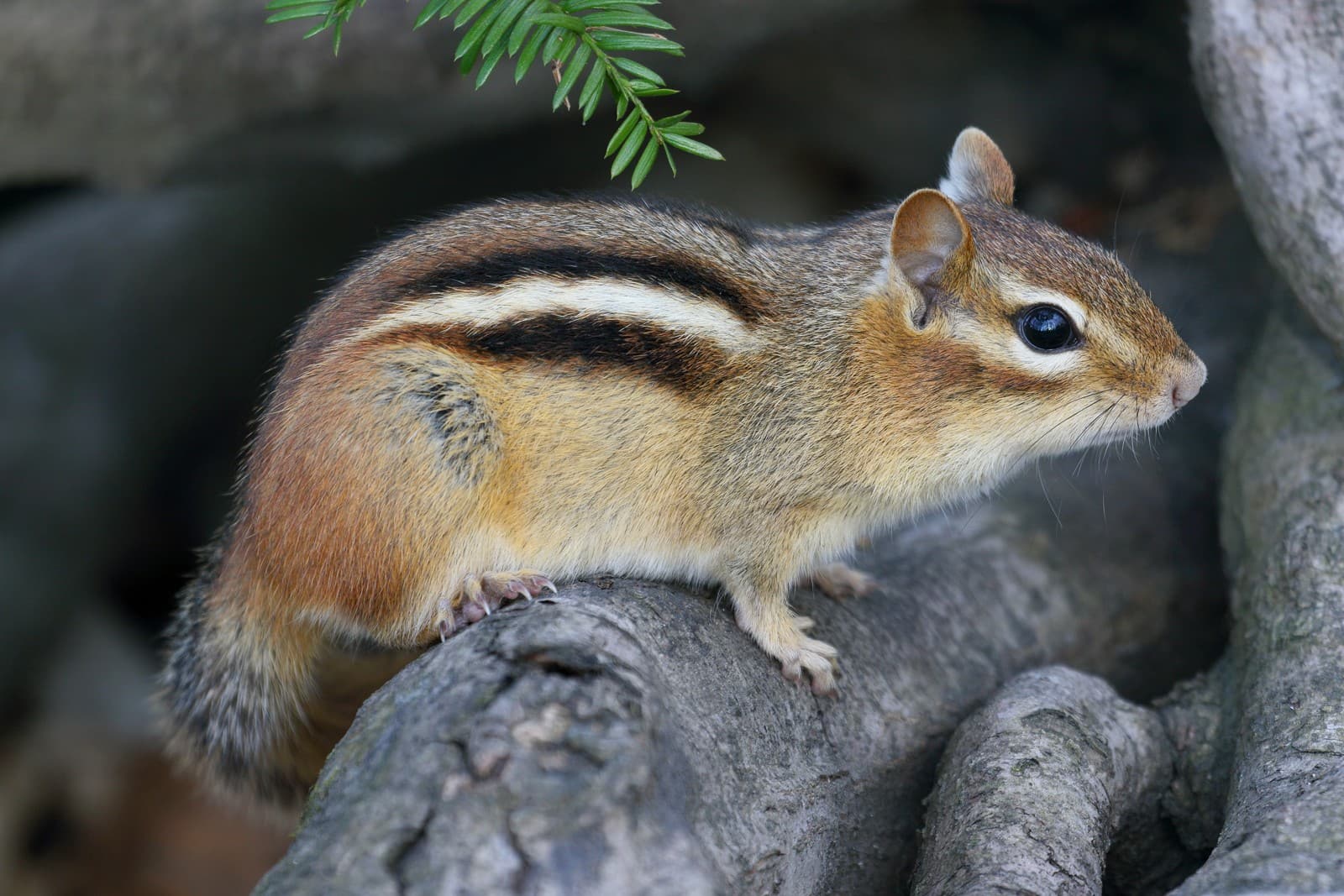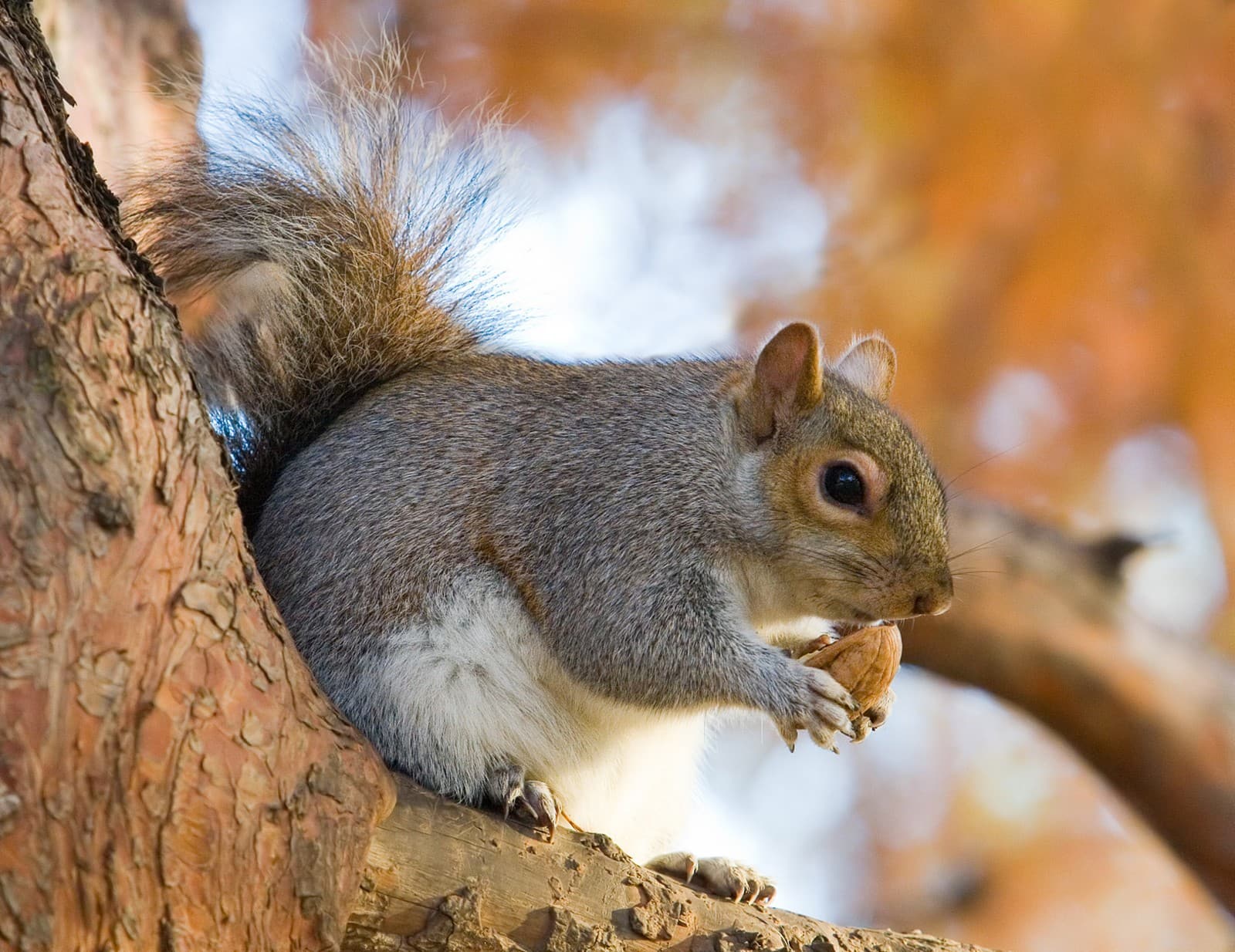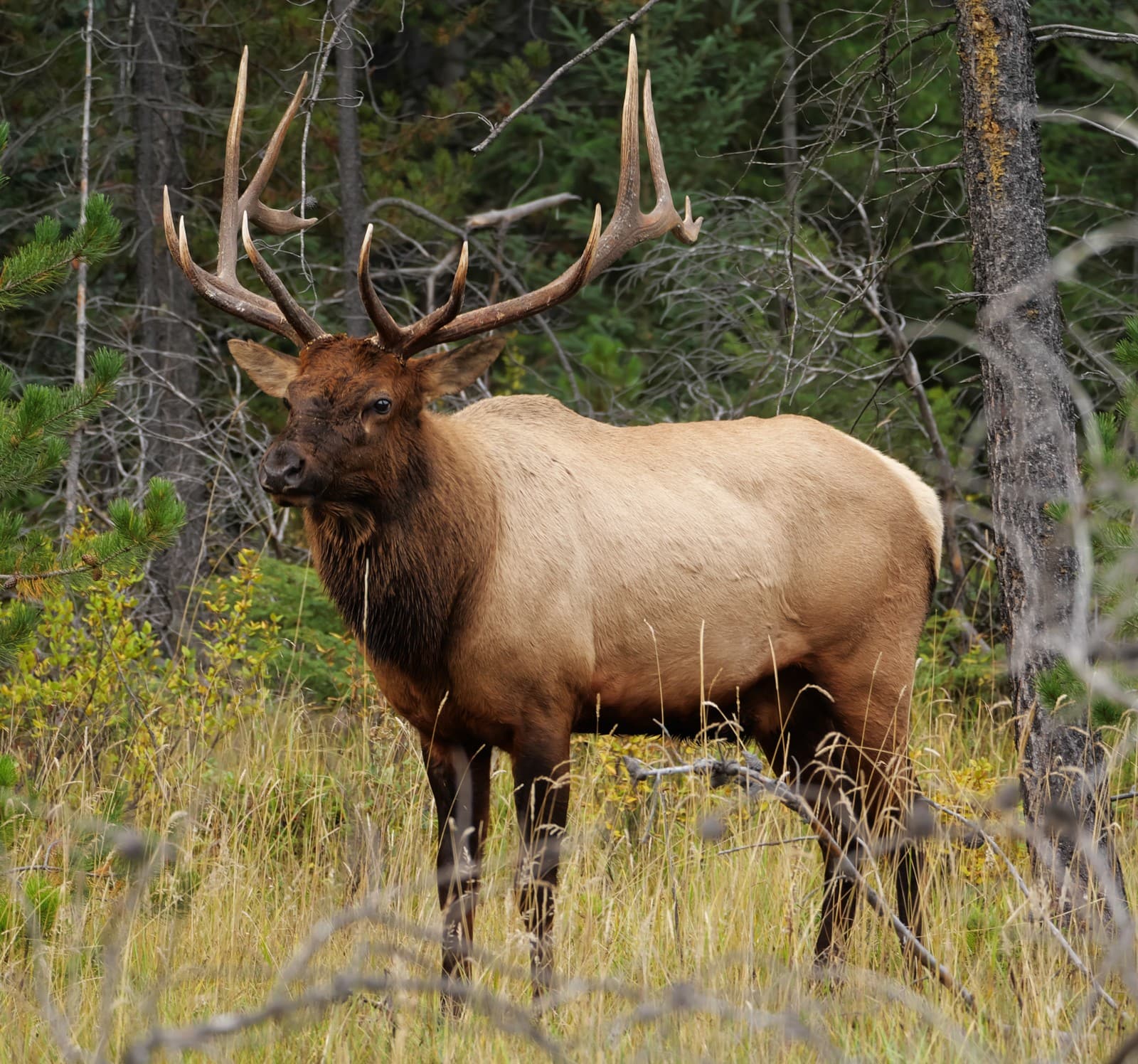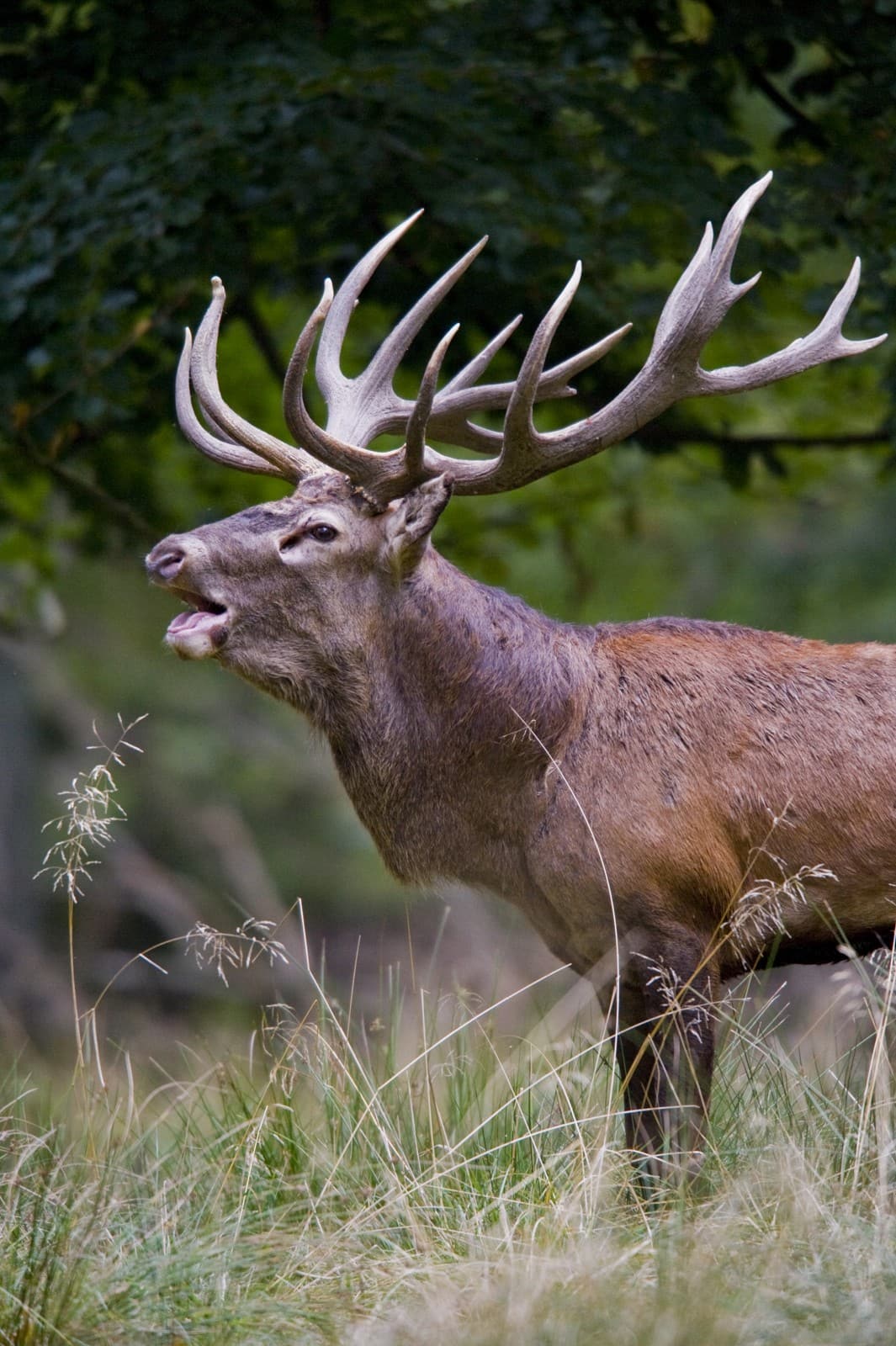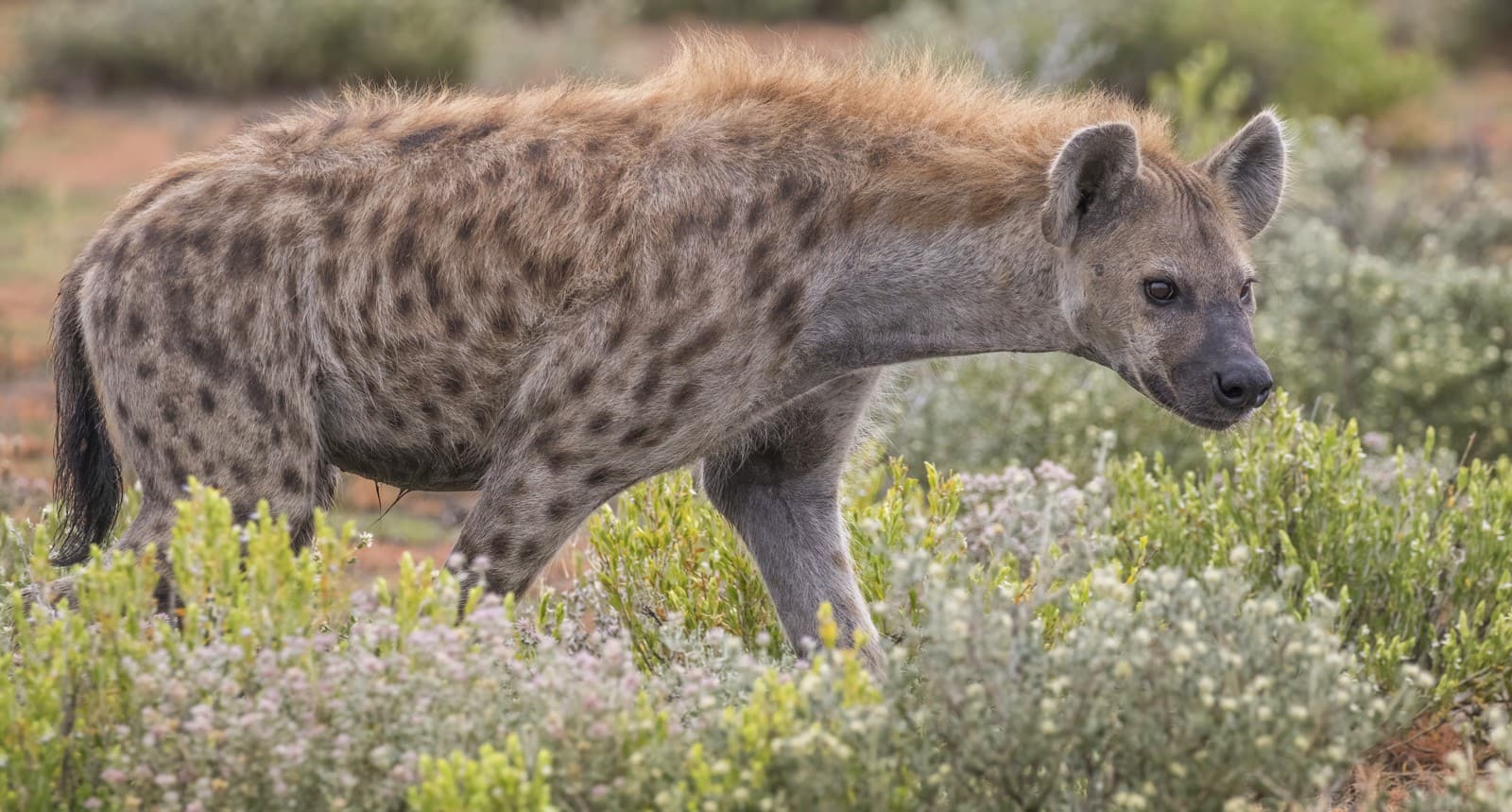Ground Squirrel vs Chipmunk: A Complete Comparison
While ground squirrels and chipmunks may appear similar at first glance, these distinct rodent species exhibit notable differences in size, markings, and behavior. Ground squirrels typically weigh 6-12 ounces (170-340g), nearly twice the size of chipmunks, which average 2-4 ounces (57-113g). The most visible distinction lies in their markings: chipmunks display bold stripes running down their backs and faces, while ground squirrels show more subtle spotted or mottled patterns.
These fascinating creatures have evolved different strategies for survival in their respective habitats. Ground squirrels prefer open grasslands and rocky areas, living in complex colonial burrow systems, while chipmunks typically inhabit woodland areas, creating solitary burrows beneath trees and shrubs. Understanding these differences helps wildlife enthusiasts and homeowners accurately identify and better coexist with these common North American mammals.
Visual Comparison
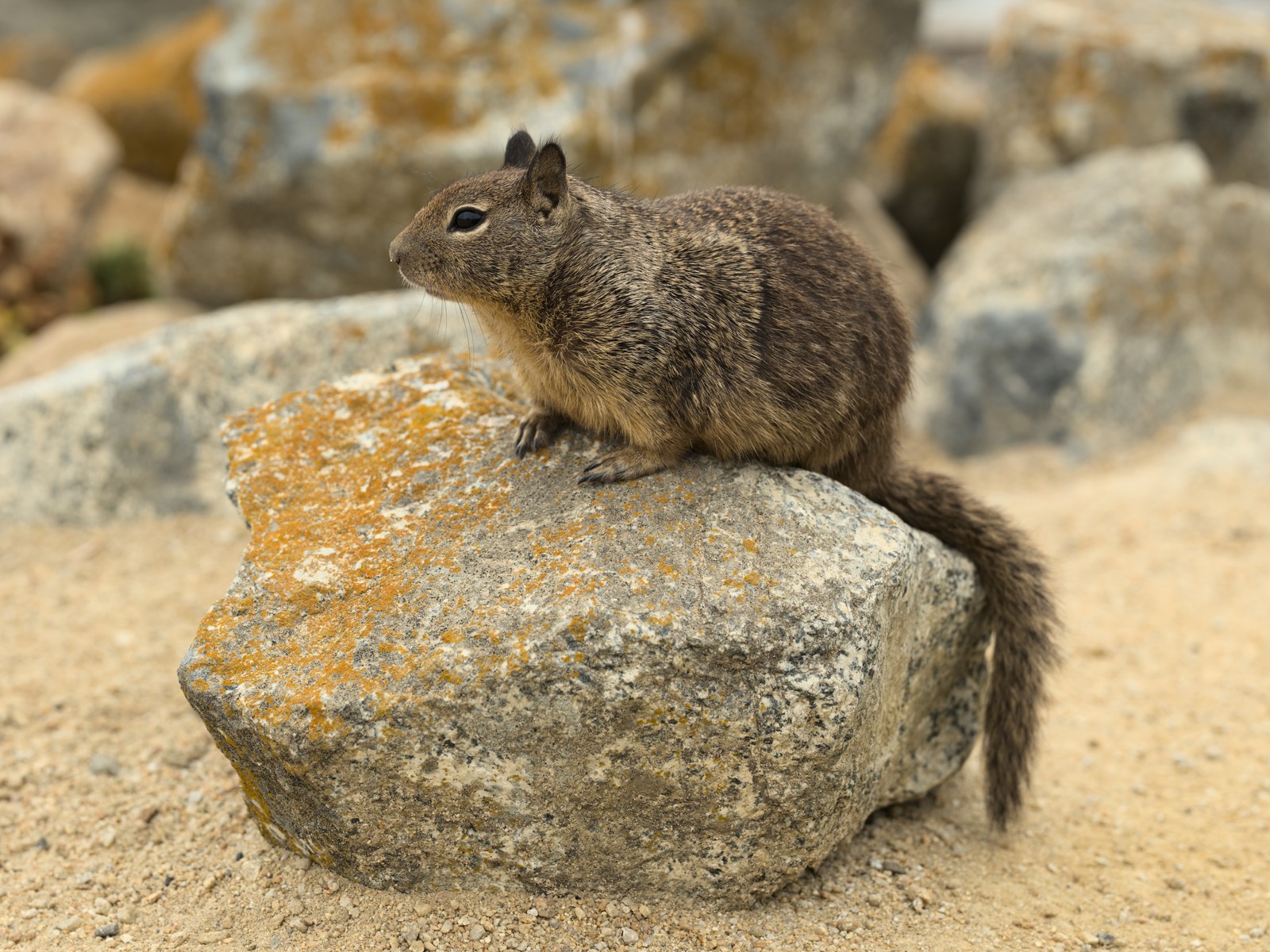
© Dllu / CC BY-SA 4.0
The California Ground Squirrel demonstrates the typical robust build and mottled coloring characteristic of ground squirrels. Note the absence of distinct stripes and the larger, more muscular body structure adapted for open terrain living.
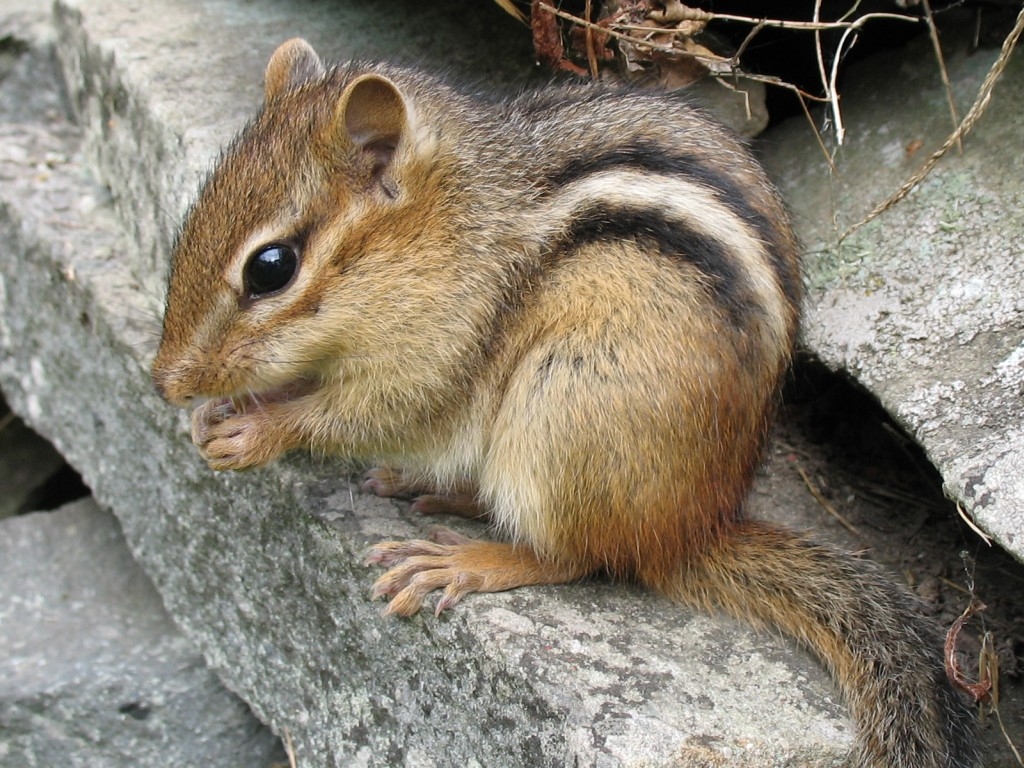
© Gilles Gonthier / CC BY 2.0
The Eastern Chipmunk exhibits the species’ distinctive striped pattern and smaller, more compact body shape. The prominent facial stripes and smaller size clearly differentiate it from its ground squirrel cousin.
Key Differences: Ground Squirrel vs Chipmunk
| Feature | Ground Squirrel | Chipmunk |
|---|---|---|
| Size | 9-11 inches (23-28cm) | 5-6 inches (13-15cm) |
| Weight | 6-12 oz (170-340g) | 2-4 oz (57-113g) |
| Markings | Spotted or mottled pattern | Bold stripes on back and face |
| Social Behavior | Colonial, lives in groups | Solitary |
| Habitat | Open grasslands, rocky areas | Woodland areas, forest edges |
| Burrow System | Complex colonial networks | Individual burrows |
Habitat and Behavior
Ground squirrels thrive in open areas where they can maintain clear sightlines for predator detection. Their colonial nature leads to extensive burrow systems that can house multiple families, with some colonies reaching populations of 20-30 individuals. These social networks include sophisticated alarm calls that warn the entire colony of approaching dangers.
In contrast, chipmunks prefer forested areas where they create elaborate single-occupancy burrows featuring multiple chambers for food storage, nesting, and waste. Their solitary nature means each chipmunk maintains and defends its own territory, typically spanning 0.37-1.2 acres (0.15-0.49 hectares).
Feeding Habits and Diet
While both species are omnivorous, their feeding strategies differ significantly. Ground squirrels primarily consume green vegetation (70% of diet), supplemented with seeds and occasional insects. Their open habitat preferences allow them to graze more extensively on grasses and forbs.
Chipmunks exhibit more varied feeding habits, with a diet consisting of:
- Tree seeds and nuts (40%)
- Berries and fruits (30%)
- Insects and small invertebrates (20%)
- Mushrooms and fungi (10%)
Survival Adaptations
The ground squirrel’s larger size and colonial lifestyle provide advantages in open terrain, including:
- Better heat tolerance
- Stronger digging capabilities
- Collective predator detection
- Enhanced winter fat storage
Chipmunk adaptations focus on woodland survival:
- Excellent climbing abilities
- Enhanced cheek pouch capacity
- Superior agility in dense vegetation
- Efficient food caching systems
Who Would Win in a Confrontation?
While direct confrontations are rare in nature, ground squirrels typically dominate in territorial disputes due to their larger size and more aggressive temperament. A ground squirrel weighs approximately three times more than a chipmunk and possesses stronger jaw muscles, giving it a significant advantage in any potential conflict. However, chipmunks compensate with superior agility and climbing skills, allowing them to avoid confrontations effectively.
